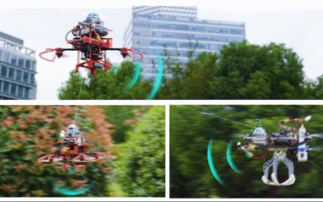Uber and NASA plan to make flying taxis a reality. No, it's not the first of April
Troubled taxi app Uber has teamed up with American space agency NASA to make "flying taxis" a reality, the two organisations announced on Wednesday. Working with NASA, Uber claims that it will d...
To continue reading this article...
Join Computing
- Unlimited access to real-time news, analysis and opinion from the technology industry
- Receive important and breaking news in our daily newsletter
- Be the first to hear about our events and awards programmes
- Join live member only interviews with IT leaders at the ‘IT Lounge’; your chance to ask your burning tech questions and have them answered
- Access to the Computing Delta hub providing market intelligence and research
- Receive our members-only newsletter with exclusive opinion pieces from senior IT Leaders






















